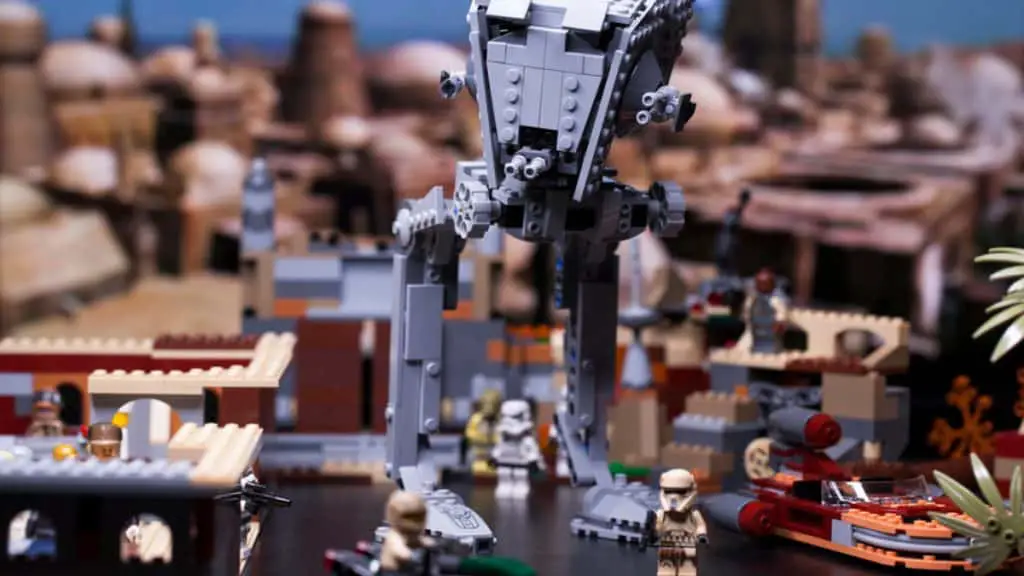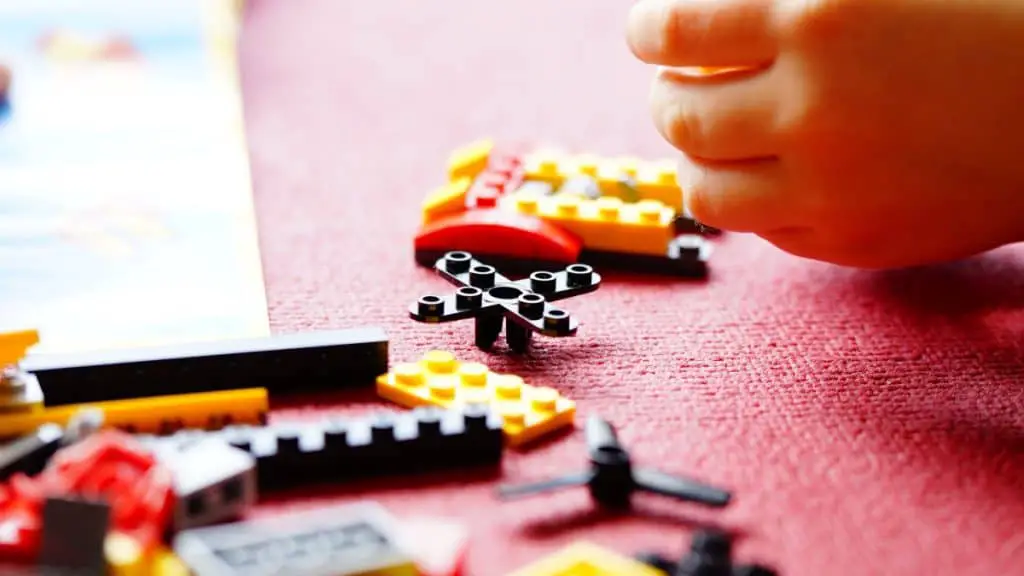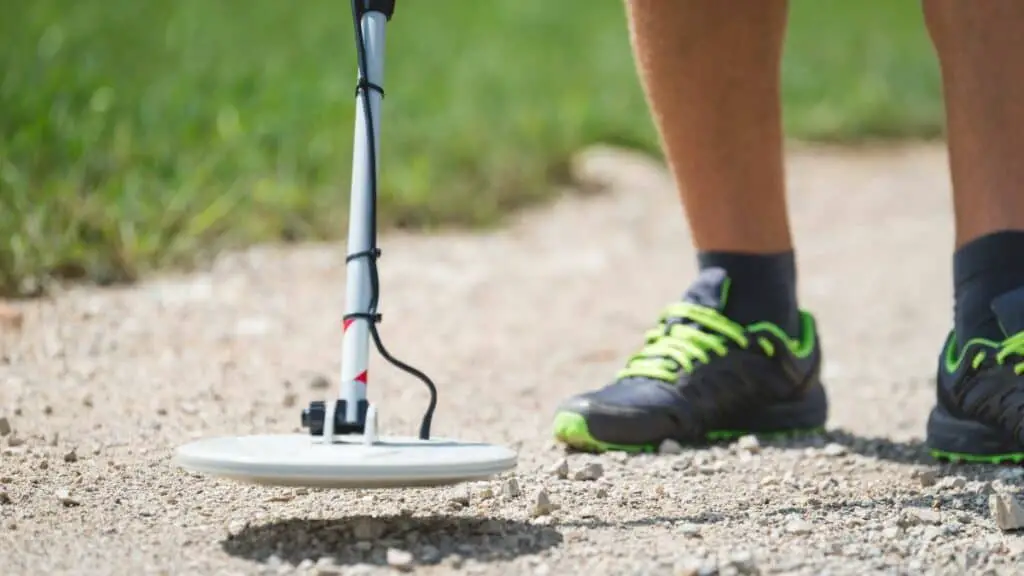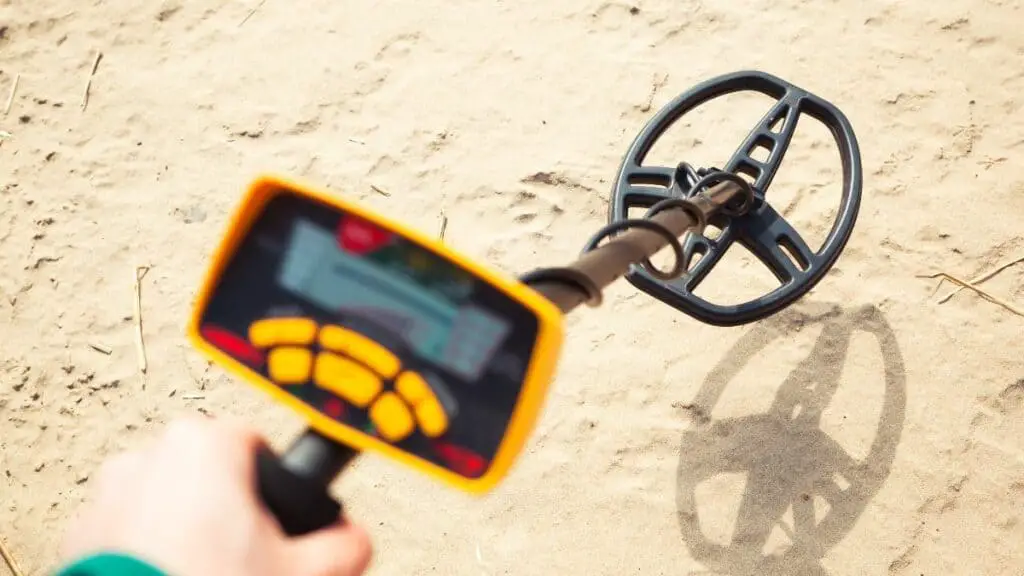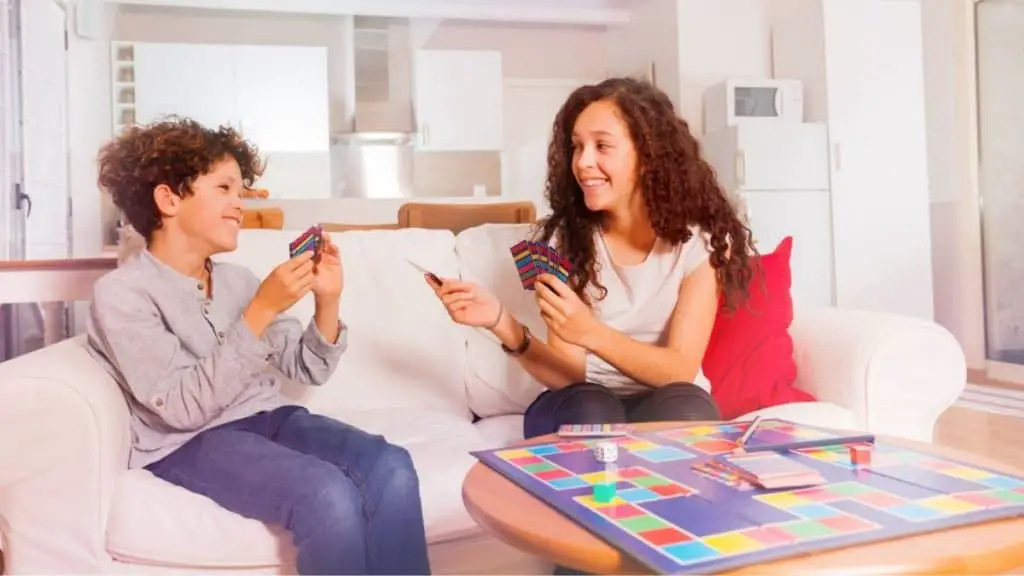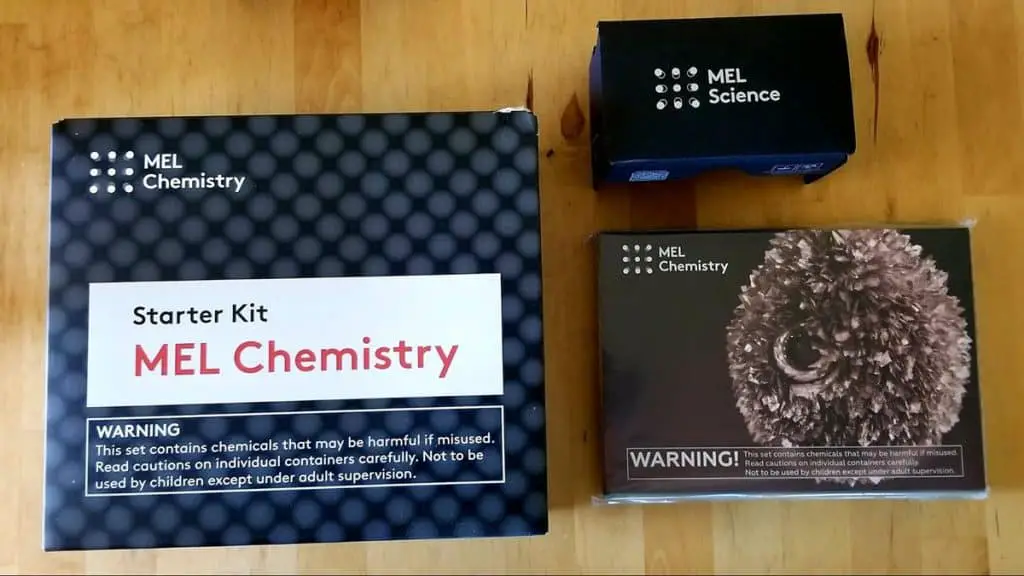8 Easy Chemistry Experiments At Home (Get a Great Reaction!)
If you want to have some fun with chemistry at home, there are three main ways to go about it. You can buy a chemistry set, subscribe to a subscription box, or find some instructions and use household items. However you go about it, chemistry is a great way to get kids excited about chemistry and science in general.
Related post: Best STEM Subscription Box for Kids (Ultimate Guide 2024)
Chemistry Sets and Subscription Boxes
Before we dive into easy experiments, you can do with things you’ll probably have at home. I just wanted to talk a little bit about your other options.
Chemistry sets can be an excellent investment. They come with equipment that you can reuse over and over. It’s a lot cheaper than having to replace your drinking glasses and measuring jugs because the kids keep using them for chemistry experiments! They also come with instructions on a range of experiments that you can try. If you’ve done a few of the experiments below and are looking for something more, a chemistry set can be a really good option. There are ones aimed at young kids all the way up to teenagers.
Another great option to consider is subscription boxes. These are great for extending learning and keeping kids entertained and engaged for a more extended period. There are loads of great options to choose from. But, when it comes to chemistry, you really can’t go wrong with MEL Science. They have two subscription levels, so you can get a big box or a small one each month. Because everything is in the box, it really takes all the planning and hunting for ingredients out of the equation.
Experiments Using Household Items
If you don’t have a science kit on hand and are looking for something quick and easy to try at home, then these are the experiments you should try. Most of these use items that you will probably have at home, although a few might require you to get a little creative or grab the odd thing the next time you go to the shops.
Chromatography
Chromatography is a technique used in chemistry. It lets you find out what’s inside chemicals. In this version from Fizzics Education, you’ll see what colors are mixed up inside felt tip pens. It’s a straightforward experiment to carry out. All you need is some paper towels, felt tips, and a glass of water.
This is a simple version of this experiment, but there are some easy ways to make it more interesting or scientific. One way to extend this experiment is to try the same technique but using your favorite sweets’ colorings.
For instance, sweets like M&Ms, Skittles, and Smarties all have food coloring on their outside. You can get a sample of this coloring by sitting the candy in a small amount of water. Then you use the colored water in the same way as the felt tip pens.
To add a bit of rigor and math to the experiment, you need a pencil and a ruler. Instead of drawing a line of felt tip, you draw a line with a pencil. Then put a spot of the felt tip on the pencil line. When you take the paper out, you mark a second pencil line to show how high the water went.
By measuring the distance, each of the colors went and the distance the water went, you can calculate something called the retention factor. The retention factor will be unique for different dyes. To find the retention factor, you take the distance your sample travels and divide it by the length the solvent (water in this case) traveled. You can use this number to see if the same dye is used in different pens.
Pop Rockets
This is one of my favorite chemistry experiments for kids. It does get a little messy, so make sure you have some cloths on hand. Alternatively, you can do it outside to make it a little easier to clean up. Steve Spangler Science has some great instructions to follow.
In their version, they use an old film canister. But these can be a bit hard to get hold of these days since everything is digital. Some good alternatives that work well include empty glue stick containers. It’s also worth keeping your eye out for any food containers with push-on lids, as these can work well. There are always a lot of good options around Halloween, Christmas, and Easter – the snack size containers tend to be pretty good options.
The reason I love this experiment is that it’s a lot of fun. There’s the excitement of the pop and watching the canister fly. But, there are also a lot of opportunities to turn this into a real investigation. You can try changing the volumes of liquid or the type of liquid. You can find the best mix to make the biggest noise, the loudest pop, or the perfect mix to make it pop in precisely 8 seconds.
Make Oobleck Dance!

Oobleck is the name that’s been given to an awesome type of slime that you can make at home. If it sounds like something out of Dr. Suess, that’s because it is. This slime is just a mix of cornstarch and water, so it’s pretty easy to make. These instructions from Housing A Forest are pretty good.
What’s cool about Oobleck is that it’s a Non-Newtonian solid. That means that it behaves a little differently than you might expect. For instance, when you try to stir it quickly, it gets hard and almost solid. If you run your fingers through it slowly, it flows like runny syrup.
Now just playing with this stuff is fun, but if you have a speaker to hand, you can do something even cooler. In the guide from Housing A Forest, they suggest using a subwoofer and a cookie sheet. The speaker’s vibrations make the Oobleck bounce around and switch from a solid to a liquid to the beat of the music.
If you have an old speaker that you don’t mind breaking, you can wrap the speaker in saran wrap and put the Oobleck straight onto that. It works a lot better, but if you don’t cover the speaker correctly, it can break.
Make Rubber Eggs
Eggs are an excellent ingredient for science experiments. This experiment from 3P Learning lets you turn a hardboiled egg into a bouncy rubber one. To do this, all you need to do is soak it in vinegar for a day or so. This will dissolve the calcium carbonate of the eggshell. When it’s done, you’ll be able to rub off the tough outer shell.
Without the shell, you’ll be left with the membrane that lines the shell. This membrane helps hold the egg together. This membrane is strong enough to drop the egg onto a surface from a reasonable height, and it will bounce back without falling apart.
The harder your egg is, the less it will bounce. If you want a mix between bounciness and minimal potential for mess, then you’ll want to aim for a soft boiled egg. But, if you don’t mind the mess, try a raw egg. You remove the shell in the same way. When it comes off, you get a peek inside the raw egg. Because it’s raw, it’s squishy and bounces better. Of course, if you drop it from high enough, it will break. When you do this, you’ll find the stretchy membrane, which is pretty cool to feel.
Lemony Eruption
I’m sure you’ve all done the classic volcano eruption with baking soda and vinegar. This is a twist on that experiment. It takes advantage of the fact that lemons are already full of natural citric acid. Here are some great instructions from Babble Dabble Do. They have some handy tips on how to make the most out of each lemon. The great thing about this version is that your room will smell lovely and lemony for the rest of the day.
If you want to extend this, you try investigating which other fruits this would work with. You could explore a whole citric family of volcanoes.
Concoct Some Invisible Ink
Write Secret Messages With Invisible Ink! by Science Buddies
Making invisible ink is really easy. There is some fun chemistry behind how it works. As a bonus, once your kids get the hang of it, they’ll have loads of fun sending coded messages. It’s a great way to keep them entertained.
This great recipe from Thoughtco can be revealed using two different methods. If you have a safe and controllable heat source, you can hold the paper up to that. Ironing the paper works as well, although that’s best left to adults. Otherwise, you can use purple grape juice to reveal the message. If you paint over the page with grape juice, the message will show up in a different color.
If sending secret messages isn’t appealing to your kids, you could challenge them to create something artistic with this technique. The only limit is their imagination.
Dino Eggs
If you’ve done any chemistry experiments for kids, then you probably know that an acid + baking soda makes for an awesome fizzy experiment. I’ve seen this used in many different ways, but this version from STEAM powered family is one of the best.
In this experiment/activity, you encase small dinosaur toys in a paste made of baking soda and water. By adding food coloring, you can create multicolored eggs. You can even hide glitter inside for an added surprise. When made, you freeze the eggs for about an hour, so they are set hard.
To hatch the eggs, you give your kids syringes and a cup of vinegar. They can then apply the vinegar wherever they want to discover what’s hiding inside the eggs. Just remember to place the eggs in an easy to wash container with reasonably high sides.
Fireworks Alternative
I love fireworks, but I feel guilty about enjoying them because they are an environmental disaster. So, whenever bonfire night rolls around, I always set this up to have some fun and color in our home without having to damage the environment. It’s not quite as good as fireworks, but it’s pretty cool never-the-less.
All you need is:
- Warm water
- Oil – any sort will do. Cheap vegetable oil is just fine
- Food coloring (The liquid kind, not gel)
- Droppers (medicine syringes work well too)
- A clear, tall jar – a mason jat is perfect
To get the magic going, all you need to do is fill your jar ¾ full with warm water. Then add a good layer of oil on top. About an inch deep is plenty. Then you use your dropper to drip food coloring into the jar.
At first, the food coloring will sit at the interface between the oil and water. Then all of a sudden, it will drop through, leaving a trail of color behind it in the water. It looks impressive if you do lots of drops of different colors and then sit back and watch as they drop through the liquids.

Eventually, your water will turn a muddy, muddle color. But, this is such an easy experiment that you can wash out your jar and try again.
Just a little not to say that if you can’t get hold of a dropper or syringe then you can just drip the food coloring from the bottle. As long as you only put in small amounts at a time it does still work.
If you want to extend the fun, keep the oil and some of the colored water when you pour out the container. You want to have more oil than water this time, so I suggest moving them to a second smaller bottle. Then if you add an Alka-Seltzer tablet, you’ve got a homemade lava lamp. To get the best effect, stand your lava lamp bottle on top of a light.
Frequently Asked Questions
What are the most useful household ingredients for chemistry experiments?
When it comes to chemistry experiments, having the right ingredients makes all the difference. If you like explosions, then you’ll probably want to have a good supply of baking soda and vinegar on hand. Other common ingredients include ice, food coloring, citric acid, cornflour, and borax.
If you’re planning on doing lots of experiments, you might want to have a clear measuring jug and a few clear bowls of glasses that you don’t mind sacrificing.
Is cooking chemistry?
Absolutely! There is loads of chemistry behind making food taste great. If you like a perfectly browned steak, then you’re a fan of the Maillard reaction. If you like sweets and desserts, then you’re benefiting from the careful balance of ingredients and use of temperature needed to create the textures and flavor you love.
There is a whole field of science called food science, which is a specific field of chemistry. A great introduction to this field is to experiment with the ratio of ingredients in a simple recipe. You’ll learn what effect the different ingredients have on the outcome. Alternatively, you could make a sourdough starter.
What is the easiest science project?
All of the experiments on this list are pretty easy to try. The chromatography experiment is probably the one that has the most common equipment and is pretty hard to mess up. The fireworks alternative is also an easy experiment that looks great.


